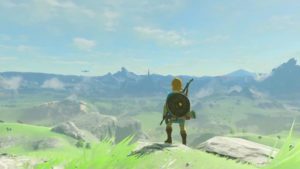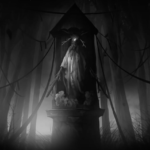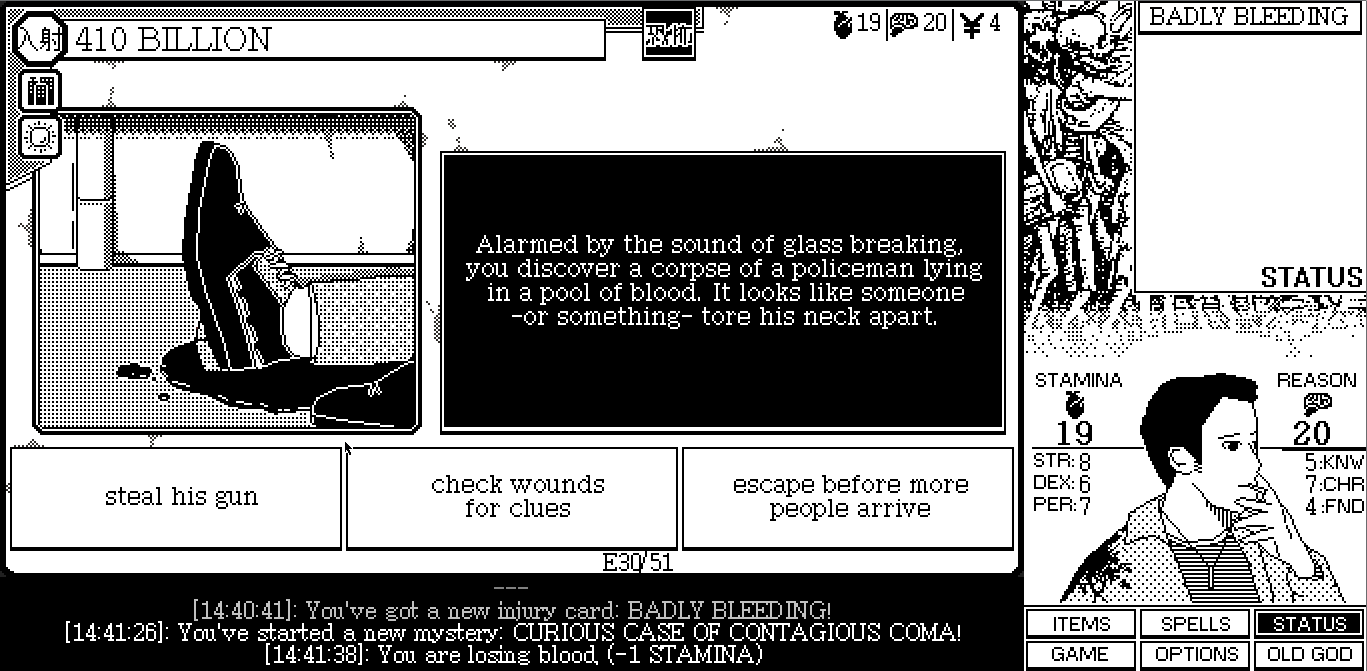‘The Legend of Zelda: The Breath of the Wild’ Review: A Creative and Masterful World of Open Adventures
By Giovanni Ramirez, Live Wire Staff Writer
Game: The Legend of Zelda: Breath of The Wild
Platform: Nintendo Switch, Nintendo WiiU
Release Date: March 3, 2017
Developer: Nintendo Entertainment Analysis & Development, Nintendo Entertainment Planning & Development
Price: $60
What it is, and what we were promised:
“Breath of The Wild” is a game from Nintendo, and has been teased on and off for the last six years ever since a tech demo was presented at E3 (Electronic Entertainment Expo) in June of 2011.
The game belongs to a now 30 year old series, “The Legend of Zelda,” a series that many may be familiar with, be it by being a fan themselves or know a fan. When it was officially announced, they presented a release date in 2015. Sadly, the game had to be pushed back not once, but twice, with the second date becoming the true and final date. Currently, the game has been out for close to two weeks, and has been a successful game for Nintendo, at the very least financially.
Before the review can begin, the trailers for the game presented it be an open world game, where the player would take control of the beloved franchise’s hero, Link.

This screenshot shows Link in his new blue tunic, showing off the vast size and scope of Breath Of The Wild’s world. Photo Courtesy by Giovanni Ramirez.
As always, Link’s appearance has stayed similar as previous iterations: blonde, shaggy hair, matched up with his pointed ears and striking blue eyes, but his clothing is where most of the change is seen. The iconic green tunic isn’t seen in any of the publishing material, nor any ads, being instead replaced by a sky-blue tunic with white symbols and runes on the tunic.
Moving away from Link’s appearance, the new format of the game is definitely a new direction from the previous games in the Zelda franchise. Rather than having large areas separated by tunnels, archways, and other tricks that help with loading time, the world is one giant expanse, with the divides being shown in trailers to be far less noticeable.
In addition, there has been added weather and environmental effects that can negatively affect Link. If there is a thunderstorm, and the player has chosen to equip any metal armor, lightning will strike Link after a quick warning. These new changes to the world of “Breath of The Wild” gives the game a leg to stand on, well before even choosing to play.
The Gameplay and Story:
The way the game start is quite different from the other Zelda games. Most primarily start with a simple screen that shows either the logo or perhaps even shows a bit of a cinematic that leads into the logo in some way. What “Breath of The Wild” did this time around was quite different; it clearly gives you two or three screens with the text on them, one screen read by Nintendo and the other screen read “Legend of Zelda: Breath of The Wild,” in a very basic text.
Next you see a light turn on to sort of flicker onto the screen, and after it starts to do that you hear a voice and it repeats the main character’s name, Link. Soon, the scene shifts to a close up on a character’s face, and that is yours, the player. What you first see is Link in a mostly empty room, and it’s quite simple what they do is right then give you the tutorial that says click here or go there so it isn’t that you just wander around the room. The first thing you see is this pedestal light up after link awakens. At this point it allows the player to either go to the parasol collect item and continues to move forward or four players who haven’t really got an idea of how to do anything without being told what to do, to take control of the reins.
This little room is different in so many ways compared to previous Zelda games. This is the first time in a long time the game simply lets you do whatever you want and get a hand on the controls by yourself without anyone else’s input. Older games in the series would, rather than holding your hand along a small path to show you to play, would just drop you in.
“Breath of the Wild” mixes these two forms of teaching the player wonderfully. Rather than having characters in the world show you explicitly how certain mechanics work, you will mostly learn from just doing. Very few things in the world explicitly explain you how to do things, but when they do, it’s mixed into casual interactions you probably won’t notice.
Once you have yourself out of the first area and are all set with your new clothes, your adventure will begin. First, there’s the story of the game, presented to you by one NPC (non-player character), an Old Man. He is the closest to a tutorial NPC in this game as one will get, and most of it is mostly from his reactions to your own actions.

The “Old Man” that the player runs into near the start, in one of his numerous interactions with the player offers tips and advice, similar to what one would expect of an NPC in any starting area. Photo Courtesy by Giovanni Ramirez.
For instance, you take an apple on the ground next to him? He’ll react stating that it’s okay, and mixes in some valuable information on the benefits of cooking your food. You take a torch? He mentions it’s useful for fires, and in one of your interaction options, it’s useful to set a lot of other things on fire, such as grass.
Past the intro to the world and the minor introductions to your quest, you become essentially a free agent to explore the small chunk of world you can. As you wander around, you see ruins of an old temple, large machines, and possibly an ancient town. You’re able to explore everything, from the tops of crumbling ruins to the nooks under cliffs, as well as fight various enemies.
Throughout your exploration and interactions with the simple world, you learn of how it can all affect you. How rain affects climbing, you can actually get cold or hot, and other such minor details bringing realism to Zelda for the first time.
Does it hold up?
In the first hour, which then became several, I saw much of what was promised over the past five years by Nintendo. The world was massive; even the small area that you start in felt massive. Compared to previous entries, it felt like a hurdle of fields, but the fact I could see far off into the distance of rolling hills of grass and mountains, it soon became apparent how massive it all truly is.
The promise of a massive game was met, and far better than I expected. Even now, playing it more and exploring further, the world in this game is truly massive. It honestly puts to shame on the previous entries that tried being big and colorful by going the ten extra miles. In appearance and size, it did certainly hold up.
The same can be said for the story. The game’s story, when not trying to fit it into the mess the Zelda timeline is, feels creative, although lacking. As of where I am, there is no explanation for where the big bad came from, as other games usually did, even if only vague. Ignoring the story’s oddities, the tale presented, with a tale that’s 10,000 years old, feels amazing. The way they brought in the beloved races that have been made for this series over the years, and the bigger part they play in this, feels so much more right than before. No longer casting other characters to the side until the plot needs them feels better, as you can even grow a slight attached to some of the ones you see from place to place.
In this newer installment, they promised an improved combat, with it becoming more intricate and creative. This was kept true, as there are approximately 5 weapon classes, bows included, to use.
Each class presents a different form of battle, rather than a stagnant sword fight. As an example, a spear can be used rather than a sword, allowing you to fight a little further from your sword wielding foe, but leaving you exposed without a handy shield to block with.
Additionally, as also promised, weapons do in fact break. Almost all weapons and shields you will encounter and carry, do have a limited durability. Unfortunately, none of the weapons, at least that I have encountered, have a bar of some sort stating how long before it breaks. The closest we are given is slight effects on weapon selection screens. Weapons will be given one of two special effects to help dictate their general health. Sparkling means perfect, and has full health; a lack of sparkles means it has been damaged, be it from combat, being blown up or burnt and red, which also means low durability. This indicator for weapon durability isn’t the best, especially when a message regarding it being low usually only shows up a few mighty swings before breaking apart.
Final Conclusion:
“Breath of The Wild” is a step in a new direction. The world is simply massive, and the quests you can do instead of saving the massive world, is amazing. They range from the mundane, like helping a little girl get ingredients to cook for her family, to saving the world from the antagonist.
Everything in the trailers, the presentations, is all there. Is it there how we would want it, is another question. We are given a massive world, but unlike most previous Zelda games, are given only four dungeons. Yes, one game did present this before, many years back, but that had a different concept, allowing for more replay ability without a new save file.
“Breath of The Wild” is amazing, expansive and fresh, but it certainly has a few flaws that it tries so hard to cover. By being so expansive, and having nothing to really limit the player other than skill, you may sometimes wander somewhere with powerful foes, and lose perhaps ten minutes or so of progress, which may seem like nothing, but with how much you can do in such little time feels like an eternity.
Would I recommend buying it? Yes, very much so. The experience is generally the same for most players, but those whom enjoy the occasional challenge may find it perfect and adequate for their gaming needs. I certainly have flaws to its design and world, but few games that have no flaws are far and few. In the end, I will give the game a score of 4.7/5.







